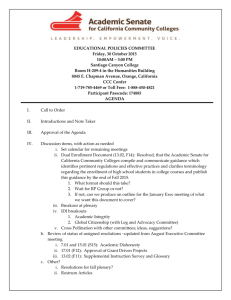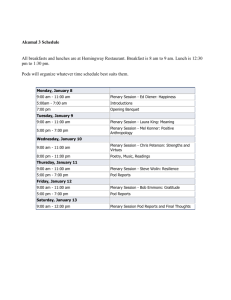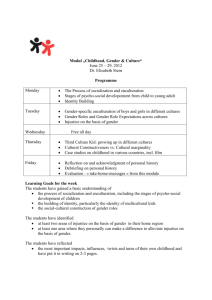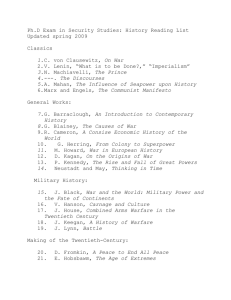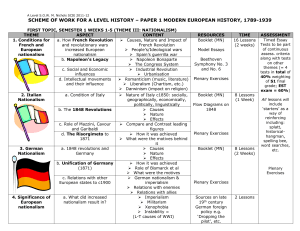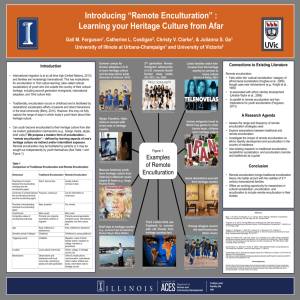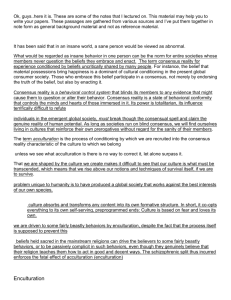learning unit (2)
advertisement
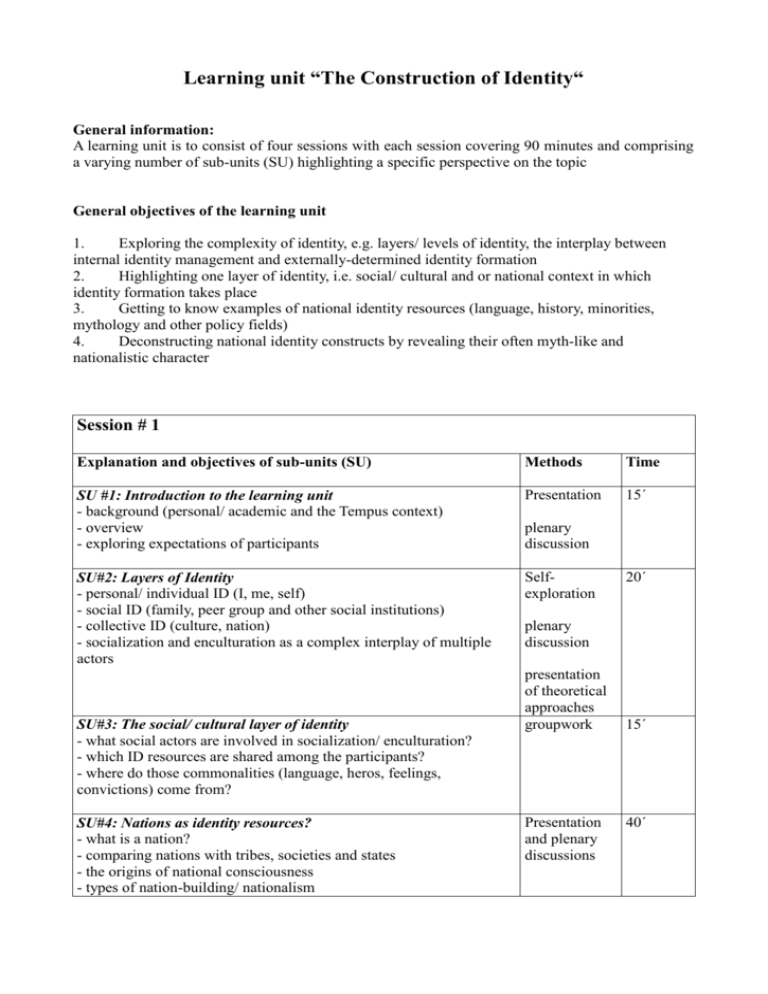
Learning unit “The Construction of Identity“ General information: A learning unit is to consist of four sessions with each session covering 90 minutes and comprising a varying number of sub-units (SU) highlighting a specific perspective on the topic General objectives of the learning unit 1. Exploring the complexity of identity, e.g. layers/ levels of identity, the interplay between internal identity management and externally-determined identity formation 2. Highlighting one layer of identity, i.e. social/ cultural and or national context in which identity formation takes place 3. Getting to know examples of national identity resources (language, history, minorities, mythology and other policy fields) 4. Deconstructing national identity constructs by revealing their often myth-like and nationalistic character Session # 1 Explanation and objectives of sub-units (SU) Methods Time SU #1: Introduction to the learning unit - background (personal/ academic and the Tempus context) - overview - exploring expectations of participants Presentation 15´ SU#2: Layers of Identity - personal/ individual ID (I, me, self) - social ID (family, peer group and other social institutions) - collective ID (culture, nation) - socialization and enculturation as a complex interplay of multiple actors Selfexploration SU#3: The social/ cultural layer of identity - what social actors are involved in socialization/ enculturation? - which ID resources are shared among the participants? - where do those commonalities (language, heros, feelings, convictions) come from? SU#4: Nations as identity resources? - what is a nation? - comparing nations with tribes, societies and states - the origins of national consciousness - types of nation-building/ nationalism plenary discussion 20´ plenary discussion presentation of theoretical approaches groupwork Presentation and plenary discussions 15´ 40´ Session # 2 Explanation and objectives of sub-units (SU) Methods Time SU #1: Recap of Session #1 - What are nations? - How can we see the relation between nations, modern societies and culture? - Can we see nations as identity resources? - If yes, can we see them also as identity formers? - If yes, why would nations do so? Presentation 15´ SU#2: Elements of the national identity layer - nationality/ citizenship - history - national heros - national myths - language SU#3: Identity as politics and policies - citizenship regulation - immigration policy - language policy - social policy - partisan identity politics SU#4: National identity as a dangerous myth? - Historic and current examples from Italy, France, (Israel, Germany ???) plenary discussion 15´ Plenary discussion brainstorming Presentation 25´ Case work 25´ Bibliography for Sessions # 1 and 2 On nations: Anderson, Benedict. Imagined Communities: Reflections on the Origin and Spread of Nationalism. Revised Edition ed. London and New York:Verso, 1991. Billig, Michael. Banal Nationalism. London: Sage Publications, 1995. Gellner, Ernest. Nations and Nationalism. 1999. Hobsbawm, Eric J. Nations and Nationalism since 1780: Programme, Myth, Reality. Cambridge: Cambridge University Press, 1990. McConnel, Stuart. Nationalism.2002. Smith, Rogers. Race, Immigration and the Politics of People-building. 2007. On identity and socialization/ enculturation: Esser, H. (2000): Akkulturation. In: Schäfers, B. (Hg.): Grundbegriffe der Soziologie. 6 th ed., Opladen: Leske + Budrich, p. 1-5. Classics by E. Erikson, P. Bourdieu, E. Durkheim, T. Parsons. To be decided upon revision of group consensus.
![“The Progress of invention is really a threat [to monarchy]. Whenever](http://s2.studylib.net/store/data/005328855_1-dcf2226918c1b7efad661cb19485529d-300x300.png)




